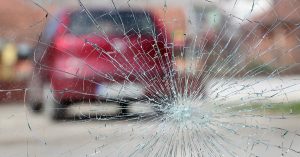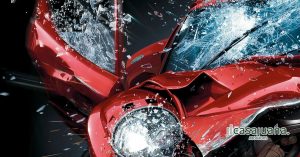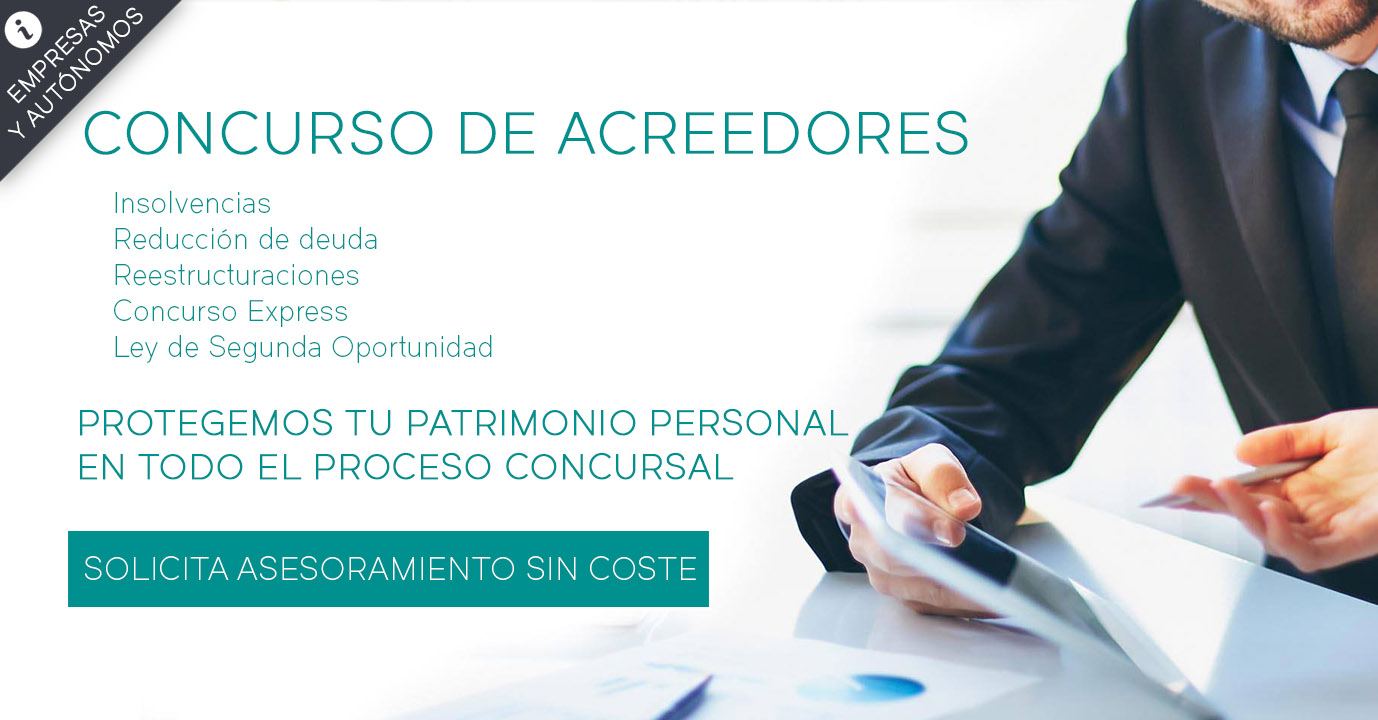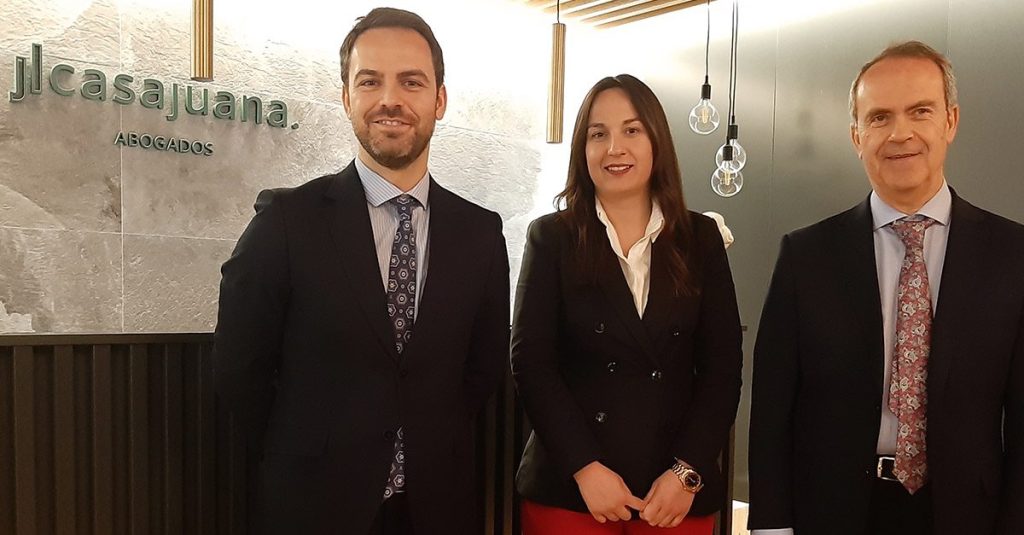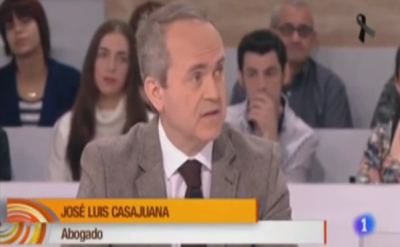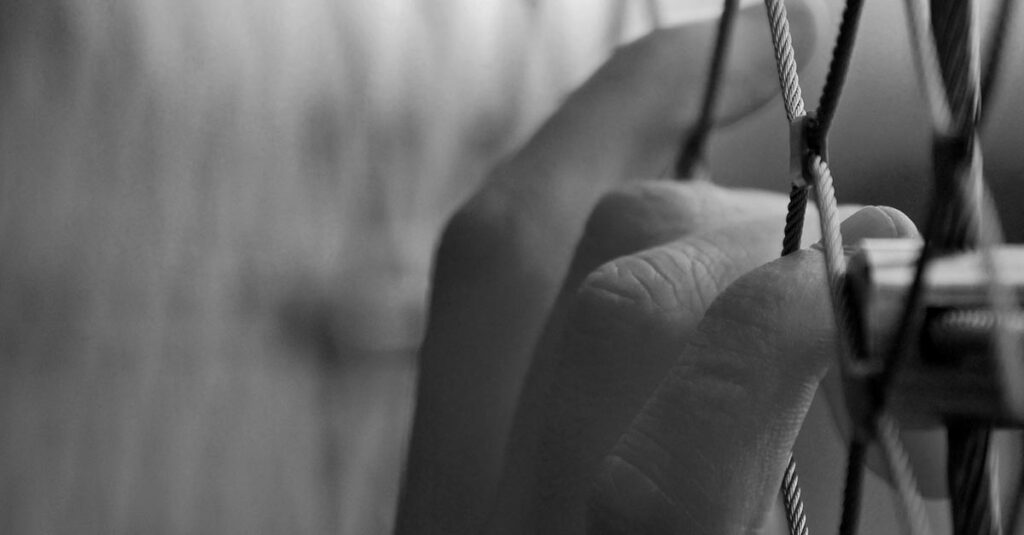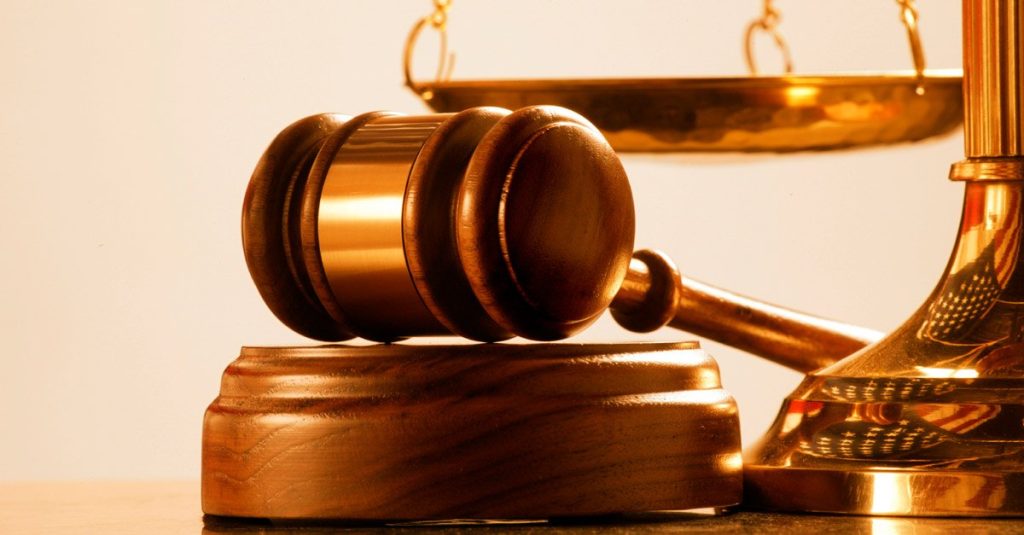Physical sequelae of accident
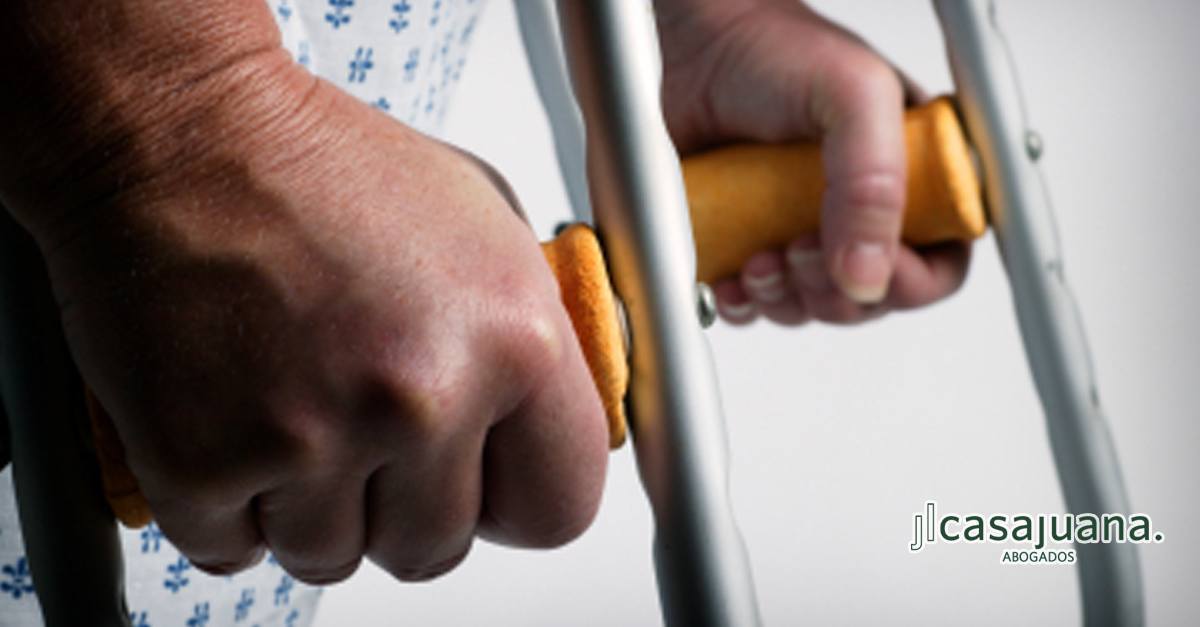
The new Accident scale</ strong> defines sequels as:
“physical, intellectual, organic and sensory deficiencies and aesthetic damage that result from an injury and remain after the healing process has finished.”
Add that the osteosynthesis material that remains once the process is finished is also considered a sequel.
To quantify these sequelae it is necessary to refer to Table 2). This table is divided into three sections:
- (2.A) Establishes the amount of the basic personal injury.
- (2.B) Establishes the amount of individual and exceptional personal damages.
- (2.C) Establishes the amount of property damages, distinguishing the categories of consequential damages and lost profits.
Basic Personal Harm
Table 2.A is in charge of showing the economic valuation of the basic personal damage in case of sequelae but it also shows the information necessary to determine the severity and intensity of the sequel and its corresponding compensation.
The medical scale contains a list of the sequelae that make up permanent psychophysical, organic and sensory damage, with classification, description and measurement.</p >
The measurement of psychophysical, organic and sensory damage is carried out by means of a percentage in points with a maximum of 100. The severity and intensity are taken into account of the damage from the anatomical-functional point of view without taking into account other criteria such as sex or age, attributing to each sequel a fixed scoring system or the one that corresponds within scores between a maximum and a minimum, collected in this Scale.
The sequelae is evaluated only once, although it may have been described in several sections of the medical scale. The score of one or more sequelae in a joint, member, system or apparatus cannot exceed the score established for the total loss of any of the aforementioned.
Regarding the measurement of < strong>aesthetic damage
is done by a percentage also expressed in points but this time with a maximum of 50, which corresponds to a percentage of one hundred percent.
In the case of concurrence of consequences derived from the same accident, the following formula must be applied:
[[(100 – M) x m] / 100] + M
Where M is the score of the major sequel and l m that of the minor.
In the case of more than two sequels, the Scale establishes the following:
“for the use of the expressed formula, we start from the sequel with the highest score and the operations are carried out in inverse order of their importance. The successive calculations are made with the indicated formula, the term «M» corresponding to the score resulting from the immediately previous operation.”
This new Scale also refers to the intergravitational sequelae which are considered to be those sequelae that derive from the accident itself, affect common functions, produce a significant aggravation of these functions. They may also be referred to as bilateral sequelae.
Finally, he mentions another type of sequelae called aggravating sequelae from the previous state whose score is the result of applying the following formula:
(M – m) / [1 – (m/100)]
Being M the sequel in its current state and m the pre-existing sequel.
Aesthetic damage
Any modification that worsens the image of the person is considered, once the healing process of the injured person is finished. The impossibility of correction is a circumstance that increases its intensity and compensation for the damage may include the necessary plastic surgery intervention.
To measure aesthetic damage, it is necessary to take into account the following factors:
- the degree of ordinary visibility of the damage,
- the attraction to the gaze of others,
- the emotional reaction it provokes and
- the possibility of causing an alteration in the interpersonal relationship of the injured party.
This debuff can be rated to varying degrees from most to least severe: Major, Major, Major, Medium, Moderate, and Light.
Particular Personal Harm
Within this category we find different types of moral damages that the injured party may suffer.
Complementary moral damages for psychophysical, organic and sensory damage.
This damage is considered to occur when a sequel queue reaches at least sixty points or when several concur reach at least eighty points. The two fundamental parameters in this type of damage are the age of the injured party and the extent and intensity of the psychophysical, organic and sensory damage.
Additional moral damages for aesthetic damage
This type of damage is understood to have been caused when it reaches at least thirty-six points. The fundamental parameters continue to be the age of the injured party and the extent and intensity of the injury.
Non-material damage due to loss of quality of life
Its purpose is to compensate the moral damage suffered by the victim due to the consequences that prevent or limit her personal autonomy to carry out essential activities in the development of ordinary life or in her personal development. There are different degrees:
- Very serious: the injured person loses her personal autonomy to carry out almost all essential activities.
- Serious: the injured person loses personal autonomy to perform some of the essential activities or most of the specific activities of the injured person, including carrying out a work or professional activity.
- Moderate: The injured person loses the possibility of carrying out a relevant part of their specific activities, including the loss of the possibility of carrying out the work or professional activity they had been carrying out.
- Mild: the injured person with sequelae of more than six points loses the possibility of carrying out specific activities that have special significance for her personal development, limiting her work or professional activity.
To measure this damage, it is essential to take into account two parameters, the importance and number of activities affected and the age of the injured party.
Non-material damage due to loss of quality of life of relatives of seriously injured persons
This damage compensates for the substantial alteration caused, in the lives of family members, by the provision of care and continuous attention to the injured person who has lost personal autonomy. This compensation also proceeds in cases in which the sequelae are considered very serious and the need for the provision of care and continuous attention is demonstrated.
The parameters to take into account are the dedication of care and attention that the injured person needs, the alteration that it produces in the life of the family member and the age of the injured person. The claim for this damage must be proposed exclusively by the injured party, who must allocate the compensation to compensate the damages suffered by the affected family members.
Loss of fetus
The loss of the fetus as a result of an accident will be compensated with a fixed amount, which will increase if the loss of the fetus occurs after twelve weeks of gestation. The compensation corresponds to the pregnant woman adding, in her case, that of the injuries suffered.
Exceptional damage
There is a category of exceptional damage that is compensated according to proportionality criteria, with a maximum increase limit of twenty-five percent of the compensation for basic personal damage.
Property damage
Future healthcare expenses
There are a series of expenses that are considered future health care that offset the economic value of health benefits in the hospital and outpatient setting that the injured person requires for life after the stabilization of the injuries and those health benefits that occur in the home environment take place. The consequences that give rise to the compensation of these expenses are the following:
- Wakeful coma or chronic vegetative states
- Neurological sequelae in their very severe and severe degrees.
- Spinal cord lesions equal to or greater than fifty points.
- Amputations or other sequelae that require the placement of a prosthesis.
The Scale specifies textually that:
“it is presumed, except otherwise, that the sequel equal to or greater than fifty points and the concurrent sequels and the intergravities that are equal to or greater than eighty.”
The compensation will be quantified based on the medical reports in accordance with the sequelae.
These expenses will be paid by the insurers directly to the public health services and in the case of private health centers the injured person may receive health care benefits. Insurers and public health services may make specific agreements that facilitate the payment of these amounts in the future.
Prosthetics and orthotics
In this case, it is easier to compensate this expense by having to make the payment directly to the injured person for the amount of the prosthesis or orthosis. In any case, a medical report is necessary to corroborate the need, periodicity and amount of the prosthesis or orthosis. The assessment will take into account the type of sequelae, the age of the injured person, the frequency of renewal of the prosthesis or orthosis, and their cost.
In-home and outpatient rehabilitation
As in the previous section, the injured person will be compensated directly for the amount of future rehabilitation expenses, which will be accredited by means of a medical report. The Scale makes an entry in the case of a chronic vegetative state or tetraplegia whose compensation may not exceed thirteen thousand five hundred euros per year, it continues arguing that
“Cases in which severe tetraparesis, severe language sequelae and severe neuropsychological disorders coincide, future rehabilitation expenses will be compensated with a maximum of nine thousand five hundred euros per year . The rest of the cases will be compensated with a maximum of five thousand eight hundred and fifty euros per year.”
Technical aids or support products for personal autonomy
The injured person will be directly compensated for the amount of technical aids and support products for personal autonomy that the injured person is considered to need through a medical report. As in the previous section, the type of sequelae, the age of the injured person and the periodicity of renewal will be taken into account for the assessment.
Housing Adequacy
In this case, the amount of the works necessary to adapt the home to the needs of the injured person, including medical expenses, will be compensated. It may be the case that it is not possible to carry out these works and another home adapted to the needs of the injured must be rented or purchased, compensating the difference in the sale value or the capitalized rent of both homes and the expenses that such operation generates with the limit given in table 2C.
Patrimonial damage due to the increase in mobility costs
To compensate this damage, it is necessary to take into account the following criteria:
- Degree of loss of personal autonomy of the injured person, depending on how it affects his mobility. </ li>
- Possibility of adapting the vehicle used by the injured person or, if this is not possible, the need to acquire a new adapted vehicle that, within the range of this type of vehicle, keeps a certain proportion with the vehicle substituted. In case of replacement, the market value of the replaced vehicle will be deducted.
- Need for future adaptations depending on the age of the injured person and the useful life of the adaptations or the vehicle, which, for these purposes, is estimated at ten years.
- Extra travel costs for the injured person, in the event of non-adaptation or non-acquisition of a vehicle, when due to the loss of personal autonomy they have serious difficulties in using public transport to continue carrying out their usual activities.
Third-party help
The compensation for this expense compensates the economic value of the non-health benefits required by the injured person when the sequelae imply a loss of personal autonomy, that is, the need to use third parties. Does not include healthcare services provided in the hospital, ambulatory or home setting.
EL Baremo writes the only two occasions in which the help of a third person is necessary:
- When there is psychophysical, organic or sensory damage from a sequel that is equal to or greater than fifty points or the result of concurrent sequelae, once the corresponding formula has been applied, is equal to or greater than eighty.
- If the score indicated in the previous section is not reached, it is considered that such help is necessary because personal autonomy is particularly affected.
In the event that the victim is permanently admitted to a health or socio-health center and the insurer assumes these expenses, it will not proceed to the additional compensation of the help of a personal third.
To determine the number of hours needed, you must refer to article 123, which provides the following:
- “The necessary hours of third-party help are determined by applying table 2.C.2 of Third-Party Help, which expresses the help in hours depending on the sequel.
- If there is more than one sequel that requires third-party help, the following rules will apply:
- a) For sequelae requiring third-party help with a number of up to six hours, the total assessment of the time required is obtained by adding fifty percent of the hours to the hours corresponding to the major sequelae established in each other.
- b) For sequelae requiring third-party help with a number greater than six hours, the total assessment of the time required is obtained by adding twenty-five percent of the hours corresponding to the major sequelae established in each other.
- In cases where there is a need for third-party help due to a state prior to the accident that is aggravated, the number of hours of third-party help results from applying the formula (H – h) / [1 – (h / 100)], where “H” is the result of applying to the hours corresponding to all the aftermath what is established in section 2 of this article and “h” the hours associated with the state prior to the accident. If the result offers decimal fractions, it is rounded up to the highest hour.”
The amount of compensation will be obtained by multiplying the multiplicand of the cost of the services by the multiplier coefficient. Obtaining the multiplicand of the cost of services to calculate the economic cost of the necessary hours of third-party help, the hourly price being the equivalent of 1.3 times the hour of the annual interprofessional minimum wage; the multiplier is the coefficient that for each injured person results from combining the following factors:
- public receipts for third-party assistance to which the injured party is entitled,
- the duration of the need for third-party help, established from the date of stabilization of the sequelae until the death of the victim,
- the factors that increase the need for third-party help based on age
- the risk of death and
- the discount interest rate, which takes inflation into account.
Loss of earnings
Regarding the aftermath, loss of earnings consists of the loss of earning capacity through personal work and, in particular, in particular, in the damage suffered by the injured party due to the net loss or decrease in income from their work.
Loss of earnings is calculated by multiplying your net income or an estimate of the value of your dedication to household chores or earning capacity by the actuarial coefficient.</ p>
It may be the case that the injured person is under thirty years of age pending access to the labor market and in this case the compensation will be determined as follows:
- Only the loss of earning capacity is taken into account in cases of absolute and total disability.
- The initial date of the computation will be from the age of thirty.
- In cases of absolute disability, an annual and a half minimum interprofessional salary is computed as income for the purpose of determining the multiplicand.
- In cases of total disability, fifty-five percent of the amount indicated in the previous section is computed as income not obtained. For these purposes, total disability is understood as the impossibility of carrying out a large number and variety of work activities.
- The above amounts may be increased by up to twenty percent if the injured person has a higher level of training.
In the cases of injured with dedication to the household chores of the family unit, three assumptions can occur.
In the first, when there is absolute disability, which consists of the injured person who contributed exclusively to the support of his family unit, the following rules will apply:
- This unpaid work is valued at the equivalent of one annual interprofessional minimum wage.
- In family units of more than two people, said equivalence is increased by ten percent of the minimum annual interprofessional salary for each minor, disabled person or person over the age of sixty-seven who lives with the injured person in the family unit , without this additional increase being able to exceed the amount of one and a half annual interprofessional minimum wages.
In cases of total disability, fifty-five percent of the entity resulting from the previous assumption will be computed as income not obtained. Total incapacity is understood as the impossibility of carrying out basic household chores as long as they can be carried out by someone other than the injured person.
Finally, if the injured person was receiving a reduced working day to make it compatible with caring for the family, the compensation will consist of one third of the resulting amount if applied the first assumption.


